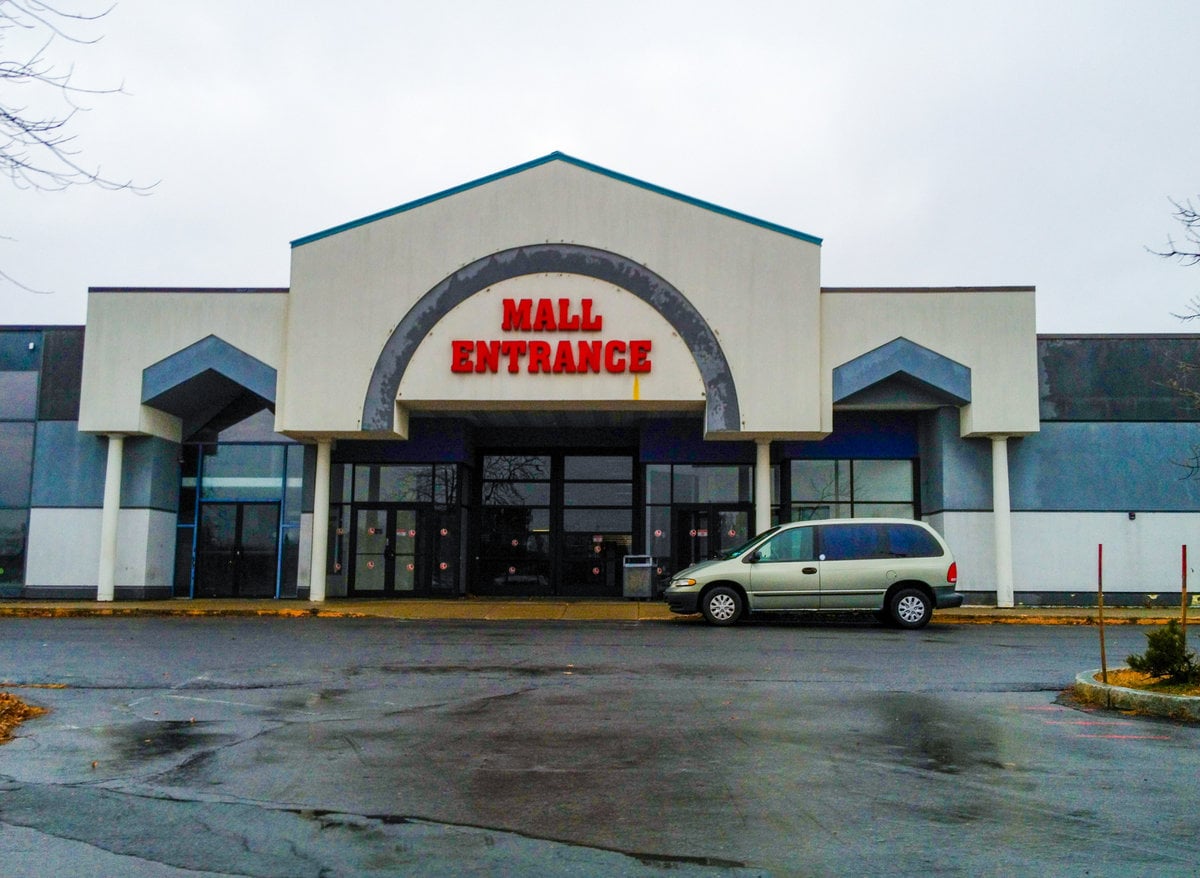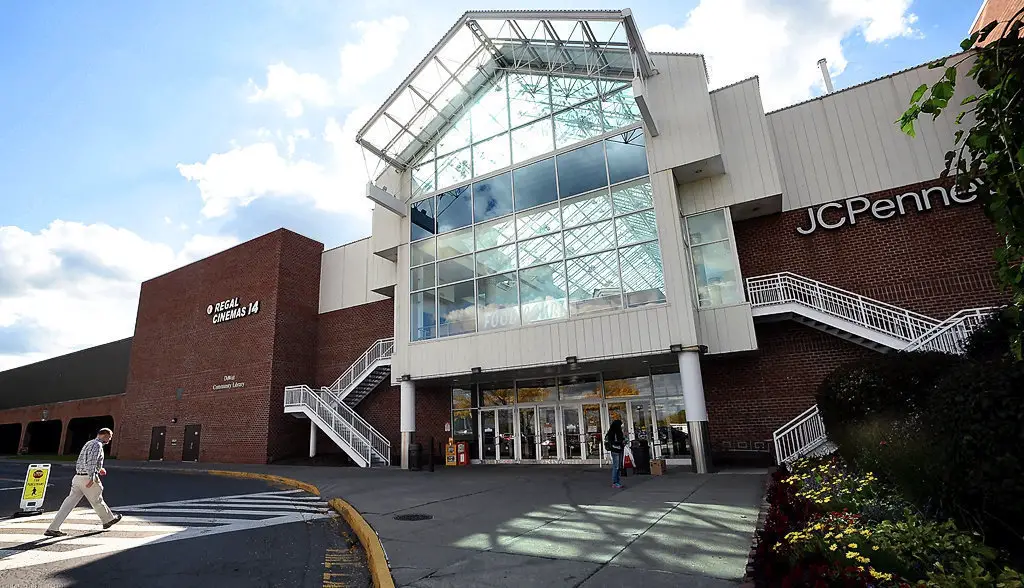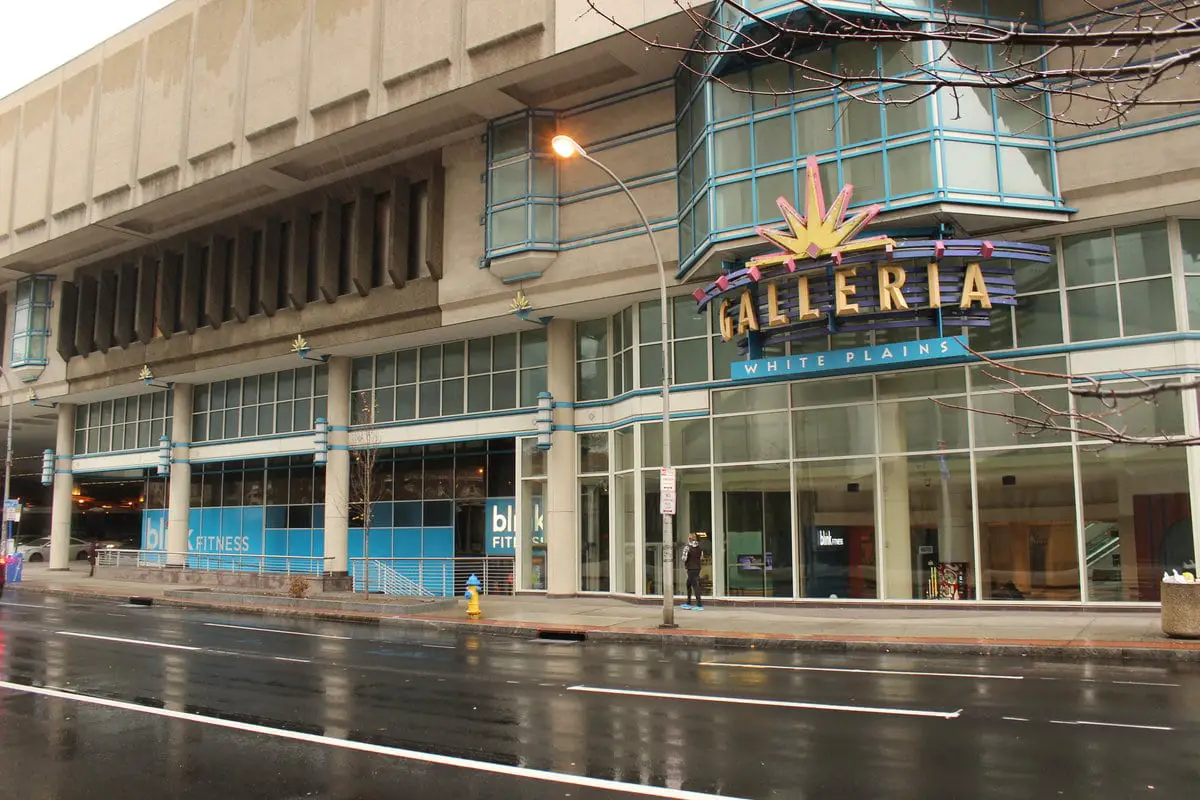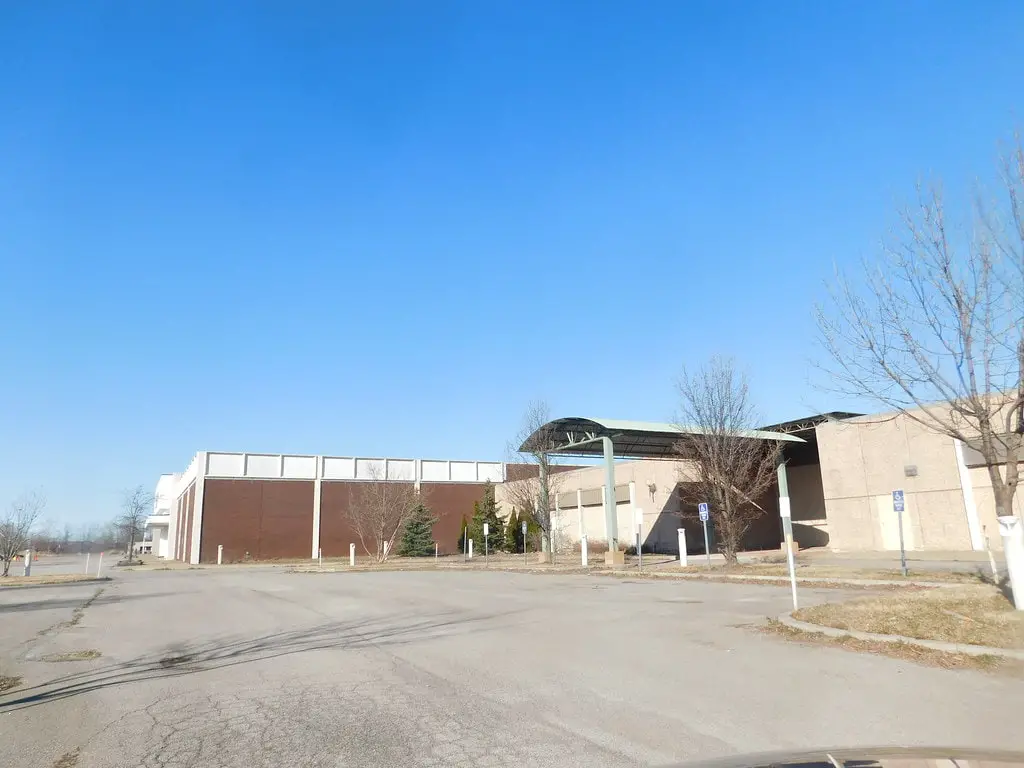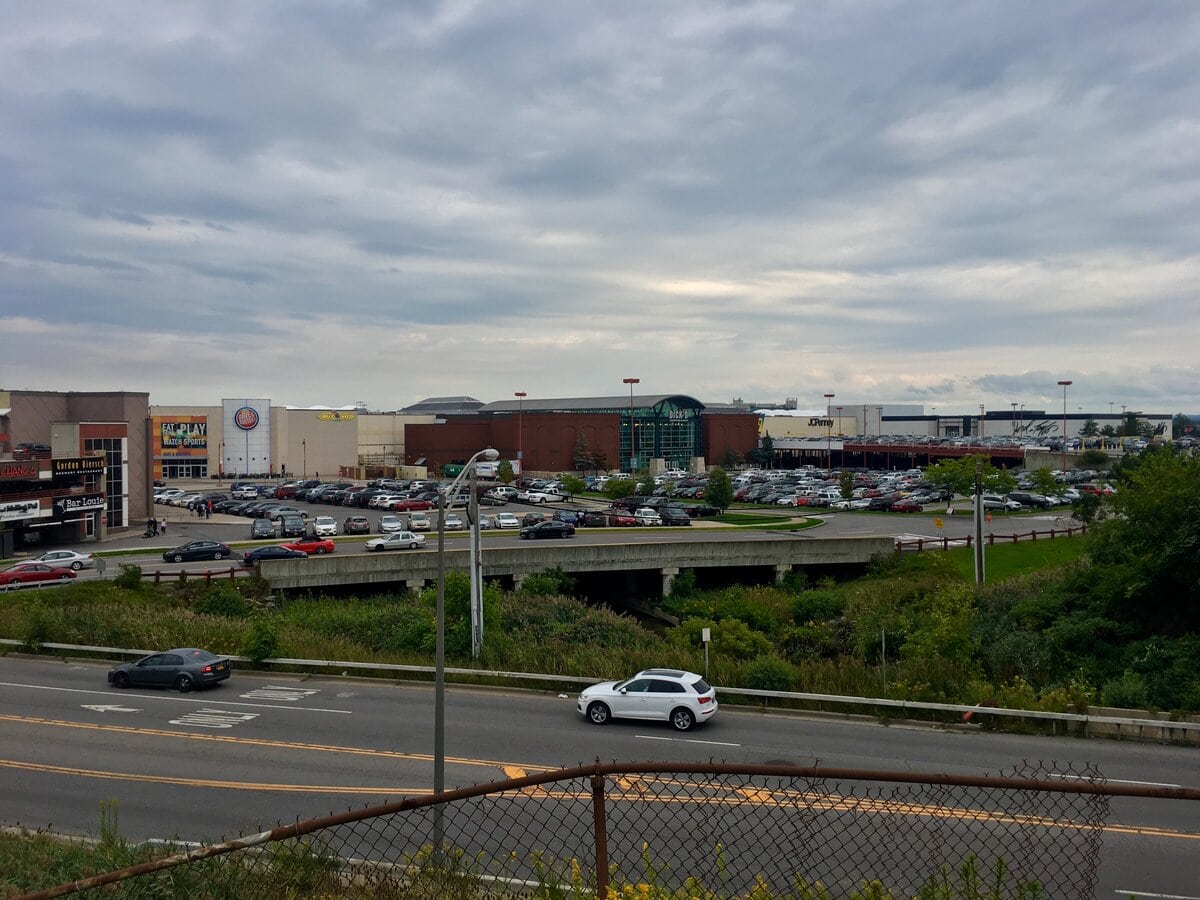A Nostalgic Look at Penn-Can Mall
Let’s embark on a nostalgic journey back to the Penn-Can Mall, an iconic shopping destination in Cicero, New York. When it opened in 1976, the mall quickly became a gathering spot for locals and a symbol of community life.
Developed by Eagan Real Estate and owned by the Winmar Company, Penn-Can Mall initially featured 86 stores, with 28 opening alongside the mall. Over the years, the mall grew in size and popularity, boasting an impressive 121 stores after a significant expansion in 1986.
A key feature of the mall was the charming European clock in the center court, which now holds a special place in the hearts of the locals who spent countless hours there.
Penn-Can Mall’s Early Years and Expansion
From its opening in 1976 to its closure in 1996, Penn-Can Mall went through changes, adapting to the evolving retail landscape and the needs of its customers. Initially designed as a straight-line structure, it later transformed into a “T” shape following the 1986 expansion.
Over the years, the mall has been anchored by popular stores such as Sears, Chappell’s, Hills, Addis & Company, and Dey Brothers. Shoppers can also enjoy a three-screen movie theater for entertainment.
The 1986 expansion brought even more excitement to the mall, as the number of stores increased to 121. In addition, the mall introduced a more intimate upper level featuring a selection of quaint shops and a Loews Cinema, greatly enriching the overall shopping experience.
The Impact of New Competitors
Despite its initial success, Penn-Can Mall faced stiff competition from other shopping centers that emerged in the region. In 1988, Wilmorite built the Great Northern Mall in Clay, which led to both Sears and Chappell’s relocating.
The opening of the Carousel Center by The Pyramid Companies in 1990 only added to the pressure. Penn-Can Mall started to show signs of decline as the competition grew more vigorous.
In response to these challenges, several changes took place at Penn-Can Mall. First, Steinbach and Caldor replaced Sears and Chappell’s, respectively.
After Steinbach closed, it was replaced by Burlington Coat Factory in 1993. A year later, Caldor took over Chappell’s spot, in line with the expansion of Caldor stores across other Wilmorite properties.
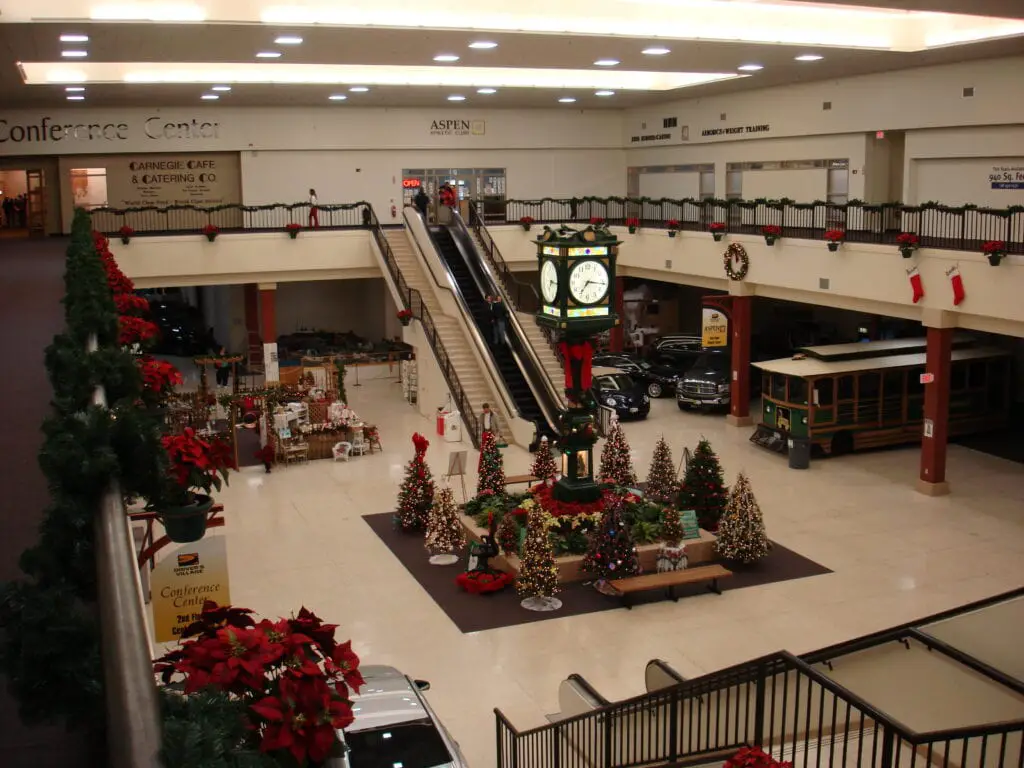
Wilmorite’s Plans and the Mall’s Closure
In 1994, Wilmorite unveiled plans to tear down the main mall structure, leaving just the Burlington Coat Factory, Hills, and Caldor stores standing.
The proposed project involved replacing the mall with a power center that would house an undisclosed big-box home improvement store and a movie theater managed by Regal Cinemas.
The mall ultimately shut down in 1996, with the Hills store remaining operational until the chain’s closure in 1999. It was replaced by Ames, which remained open until 2002, and Burlington, which remained open until 2016.
The Birth of Driver’s Village
In the early 2000s, local auto dealer Roger Burdick bought the old mall and began converting it into Driver’s Village, an auto mall.
Robertson Strong Apgar Architects spearheaded the redesign, which led to the demolition of the old Sears and Ames wings. The rest of the structure was gutted, save for the hallway and the eastern part of the 1986 wing.
A Modern Auto Mall
Driver’s Village now houses showrooms and service centers for 16 auto brands, including Audi, Buick, Chrysler, Chevrolet, Dodge, GMC, Jeep, Fiat, Kia, Lincoln, Mitsubishi, Mazda, Nissan, Ram, Porsche, and Volkswagen.
Four additional franchises—Lexus, BMW, Hyundai, and Toyota—operate from separate buildings on the property.
The transformation of Penn-Can Mall into Driver’s Village was a strategic move as the demand for automotive showrooms and services rose.
As a result, the new auto mall has become a one-stop destination for locals looking to buy, sell, or service their vehicles.
Driver’s Village: More Than Just Cars
Although Driver’s Village primarily serves as an automotive center, it also offers various services and attractions for locals.
Retail is still alive and well within the complex, with a cafe, a catering company, and a children’s party location, providing visitors with diverse experiences.
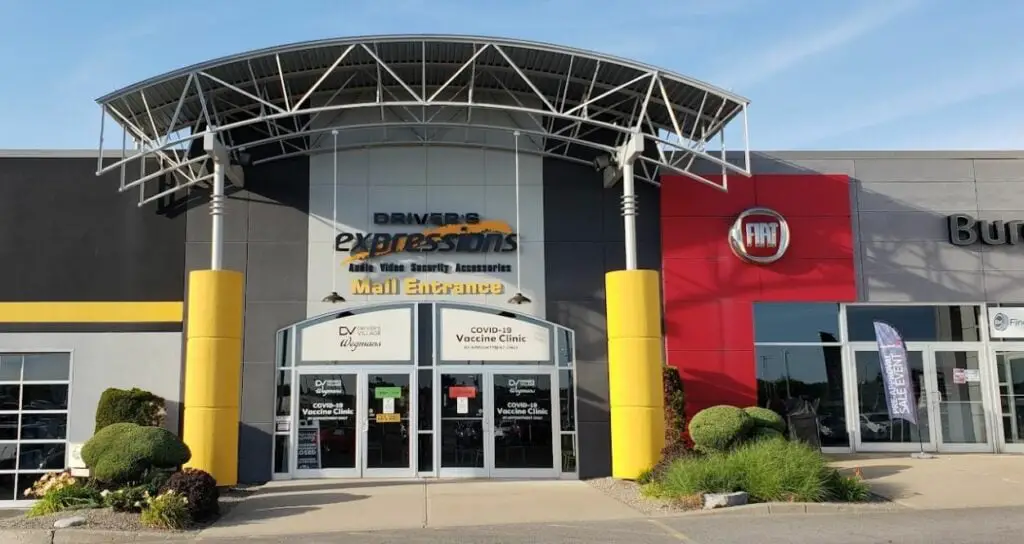
The complex also houses real estate, insurance, financial, and tax service offices, catering to the community’s various needs. In addition, health-conscious visitors can take advantage of the Aspen Athletic Club, while sports enthusiasts can explore the Greater Syracuse Sports Hall of Fame.
2023 Burglary at Driver’s Village
In August 2023, Driver’s Village in Cicero, New York, became the target of a smash-and-grab burglary. The incident happened around 3:30 am and involved six suspects who broke into the Burdick Lexus and Burdick Dodge dealerships by smashing windows.
The suspects stole a 2023 Lexus RC350, which they drove through the dealership windows to escape. They also stole a Dodge Challenger and a Jeep Grand Wagoneer from Burdick Dodge. These vehicles were later recovered in Syracuse.
The Legacy of Penn-Can Mall
The story of Penn-Can Mall is one of growth, adaptation, and transformation. From its humble beginnings as a local shopping center to its current role as an auto mall and community hub, the complex has evolved and stayed relevant in changing times and consumer preferences.
The memories of the old Penn-Can Mall, with its European clock and countless shopping experiences, still hold a special place in the hearts of Cicero’s residents.
The legacy of the mall lives on in the form of Driver’s Village, which continues to serve the community in new and innovative ways.

